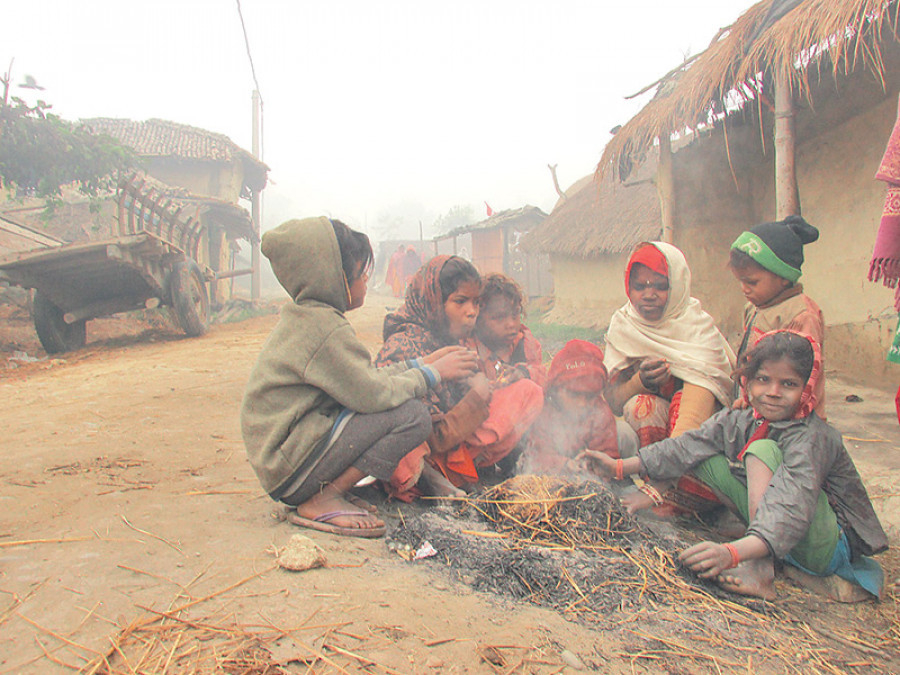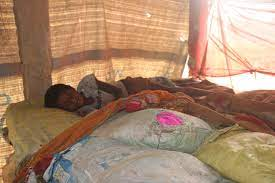
26 Dec,2022
Cold waves in Nepal: A threat to public health
Winter for Nepalese is all about biting cold and life frozen all around. In the last three years alone, at least 45 people have died due to severe colds. The impact of winter is much severe in the Terai belt where thick blankets of cold waves grip the lives of millions of people year after year. Enveloped in mist and dust particles, the lingering layers of cold waves result in the marked cooling of air. “To predict the exact occurrence of a cold wave has always been a huge challenge for us. However, cold waves are an annual occurrence,” said Suman Kumar Regmi, senior meteorologist at the Departmentof Hydrology and Meteorology. 
Nepal is one of the many countries affected by climate emergencies. The changes to Nepal’s temperature patterns affect the three physio graphic regions of Nepal (lowlands, hills, and mountains) differently throughout the four Nepali seasons. In Terai, a lowland area, cold waves have been occurring annually since first being recorded in 1990, between mid-December and mid-January. Cold waves are lasting longer now and the impact is becoming more severe. Cold waves in Nepal are caused by a stagnant blanket of thick smog caused by air pollution. which covers the Nepali plains and coincides with increased westerly winds; causing the maximum and minimum temperature to decline. Cold waves in the Terai region are therefore not a natural phenomenon and are the direct result of human activity. According to the Department of Hydrology and Meteorology, the cold waves start with the formation of thick clouds leading to fog for a whole day, and as western winds pick up, both the maximum and minimum temperature declines sharply. The department's data shows that the length of foggy days is increasing compared to the past decade. Cold fog events have become more frequent and they last longer, from days to a month, with variations in their intensity and duration. Experts claim that climate change has brought many changes in human health, either directly or indirectly, in mountainous and least-developed countries like Nepal.
Related Blogs



